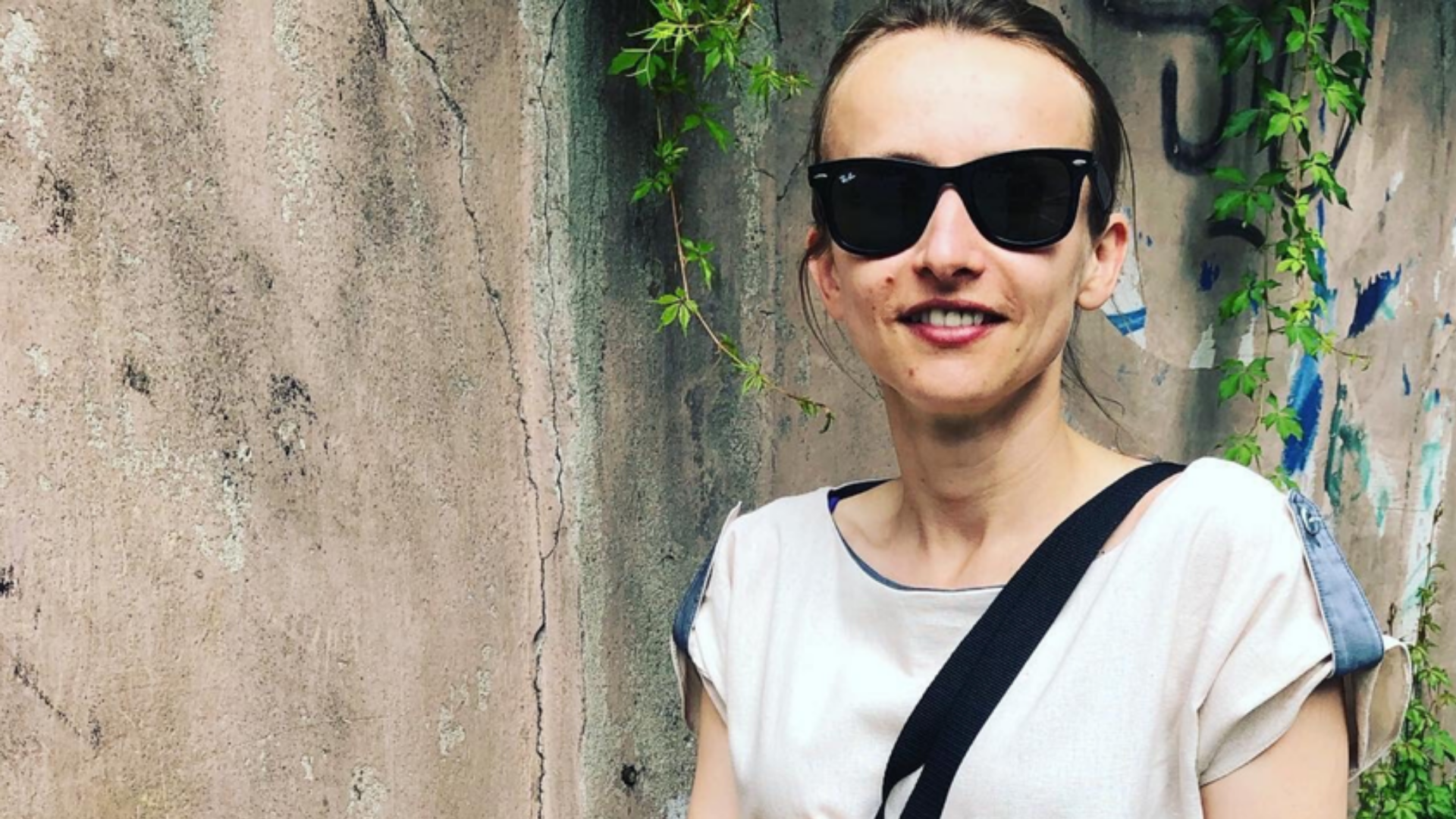Here’s another interview with yet another fabCat. It’s a beautiful story about cats, helping, and selflessness, one that can inspire many of us. Read it to the end and share it with others. A conversation with Anna Spurek.
What do you do? What does it have to do with cats?
My daily job has nothing to do with acting for animals. I provide advisory services to small and medium enterprises. Involved in managing things and building sales networks, I travel a lot and live in two countries – Italy and Poland. It’s very easy for me to see differences, especially in the way people who visit Milan, New York, and Warsaw treat the animals they bring with them. Whenever I travel, I tend to visit either the pet shops which I already know or pet shops I haven’t visited before.
What’s the background story of your cats?
My Pysia passed away in 2015. I still hold a grudge against myself, thinking I could’ve taken better care of her. Throughout the 9 years of her life she was an outdoor cat, and she was diagnosed with chronic renal failure in her later years. Two weeks after Pysia passed away, my boss found an adoption ad in a local newspaper. It mentioned kitties to be adopted from a Livorno pet shelter. Futerka (then called Erica) lost her eye because of conjunctivitis she suffered from when she was little. My boss showed me the ad, saying: she’s three years, she has one eye, if you don’t adopt her, she’ll be waiting for a home for a long time. Me and Paolo, my partner, went to the shelter the same week and took Futra back with us. It took her two weeks to muster the courage to crawl from under the bed. Now she’s in charge of the place. Our vet said that it would be better for her to have some company so we went to a pet shelter in Empoli and adopted Nerka, who was 6 months old then. She was found under some bridge. As a kitten she had stayed for two weeks with a family but wasn’t accepted by their resident dog. As a result, she lived in isolation. In 2016, when I was volunteering at the animal shelter in Korabiewice, I met Reza, a lovely dog. She had poor chances of getting adopted because of stomach cancer. She spent only 6 months with us in Tuscany before she passed away. It was the hardest and the best time in our record of adoptions. Deaf, very reserved, she was the best companion in the world. After her passing away, I decided we should give the chance for a home to someone else and and had Bagirka – a cat from the Ukraine, highly apprehensive but loving my partner more than any meow could say – come with me to Italy. In 2017 I persuaded Paolo to adopting a fourth cat, named Nera (like our Nerka), who now goes by the name of Helenka. Today, our cats live indoors, they don’t go outside. I don’t know if they’re happy but I’m sure they’re safe, well taken care of, and not exposed to any diseases, traffic accidents or human cruelty. Plus, it’s easier for us to notice early if anything is wrong with them. I’m aware that the issue of indoor cats still arouses controversy but it’s enough to take a look at just a few post-accident photos and add my own experience to it (I could’ve been more observant and seen that there was something wrong with my cat) – it’s enough for me to have my balcony and windows made cat-proof using a mesh.
What are your cats like when it comes to their personalities?
Futerka takes to strangers quickly, after an hour or two. She manages the sleeping arrangement, she’s commanding, and very fond of humans. She’s very afraid of thunderstorms and firework shows – it’s a nightmare to her. At the vet’s, she bears it very bravely. She needs to have appointments every 6 months (echocardiography because of her congenital heart defect). Nerka doesn’t like people other than us. Everything belongs to her. Her personality is really strong, she’s perfectly aware of her needs. She doesn’t like going to the vet. Plus, she’s been much affected by her disease and daily inhalation. Helenka loves eating and playing. She’s carefree, and always looking up to Nerka. She does everything Nerka does. A true copycat, mind you. Bagira is fearful. She must have been through quite a lot back in the Ukraine. She likes playing with balls, and approaches only the select few.
What do you value most in your cats?
It’s a difficult question, a bit like if you asked me about what I valued in people. 🙂 I’m happy to see that they’ve learnt to accept us and each other. They never give up. Even if the fail ten out of ten times, they’ll eventually make it at the eleventh attempt.
You’re strongly involved in animal welfare activities. How did that start?
My sister volunteered at a pet shelter and helped me understand that you need systemic changes, money, and people for whom every life matters to act for animals. When we treat animals instrumentally, we actually treat them like toys or food. We need major changes to take place inside of ourselves to understand that animals have emotions and can feel pain, fear, joy. Each one of us can take action to benefit animals. It’s enough to make a small donation, to volunteer at a pet shelter, to collect blankets or bedclothes, or to share some of the cash you are given as your wedding gift with a pet shelter.
Can you name some of the pro-animal initiatives you have taken or take part in?
I’m a volunteer at the animal shelter in Korabiewice but I must admit that I’m not as active there as I’d like to due to my frequent travels. Anyway, I make sure to support it financially, to promote their projects and initiatives, to share their content across social media. I don’t take part in campaigns, I’m not a keen protest-goer, I limit myself to signing petitions and financial support. I find everyday life scenarios most difficult to deal with. Kittens beaten or left abandoned, thrown out onto the street, abused dogs. What puzzles me is that we see animals suffering every day and yet we don’t react, turning our heads away.
What can we – as a society – do more to help animals?
Lobby for legal changes that will make it possible to impose high fines for animal cruelty and abuse, and for mandatory chipping of companion animals. There’s still much to do in the field of education and activities aimed at restricting animal trade. I believe it’s also important to prohibit fur farming and fur sale in Europe, and adopt a mechanism of controlling intensive animal farming. There’s a whole range of regulations that should be amended or implemented. We’ve got plenty of opportunities to educate young people, to show them that animals are emotional beings, just like us. Circuses with animals, firework shows, education in the area of #dontshopadopt – there’s surely still much to be done here.
What are your plans for the nearest future?
Good question. I don’t know yet. My schedule is fully booked until March 2020.




